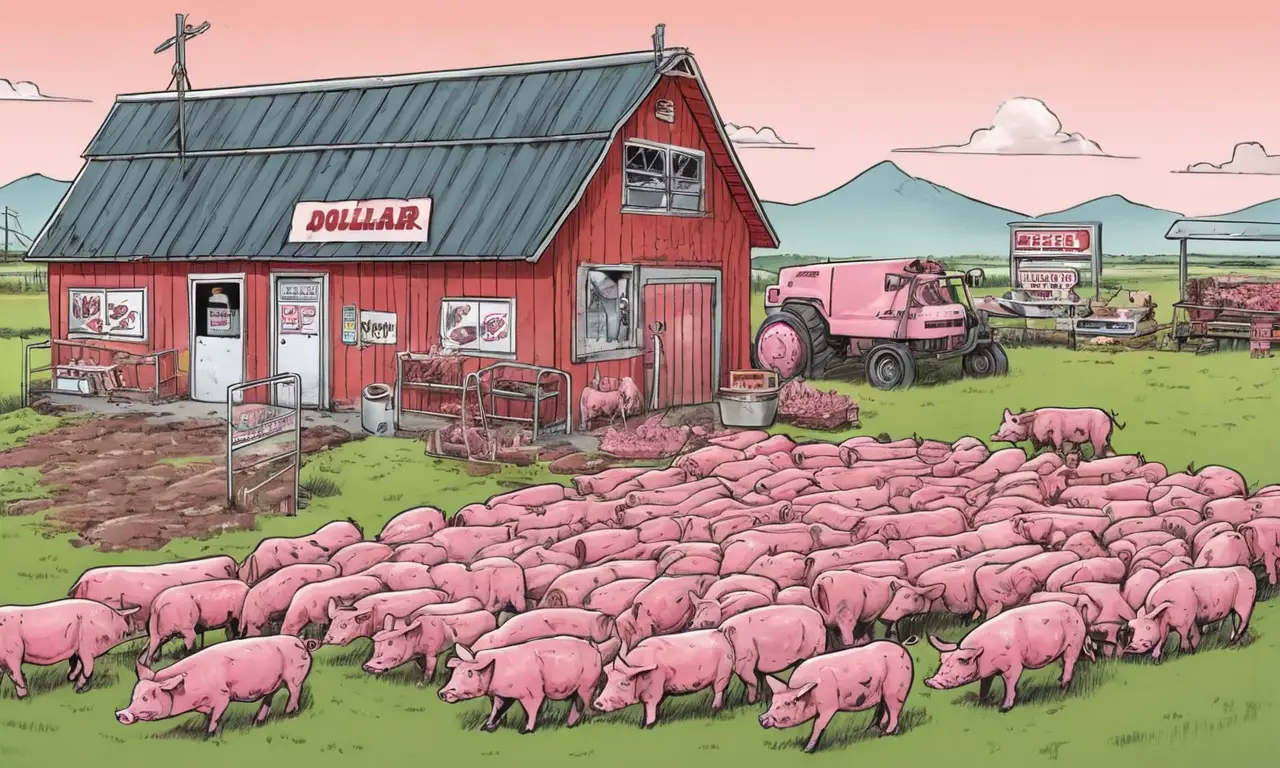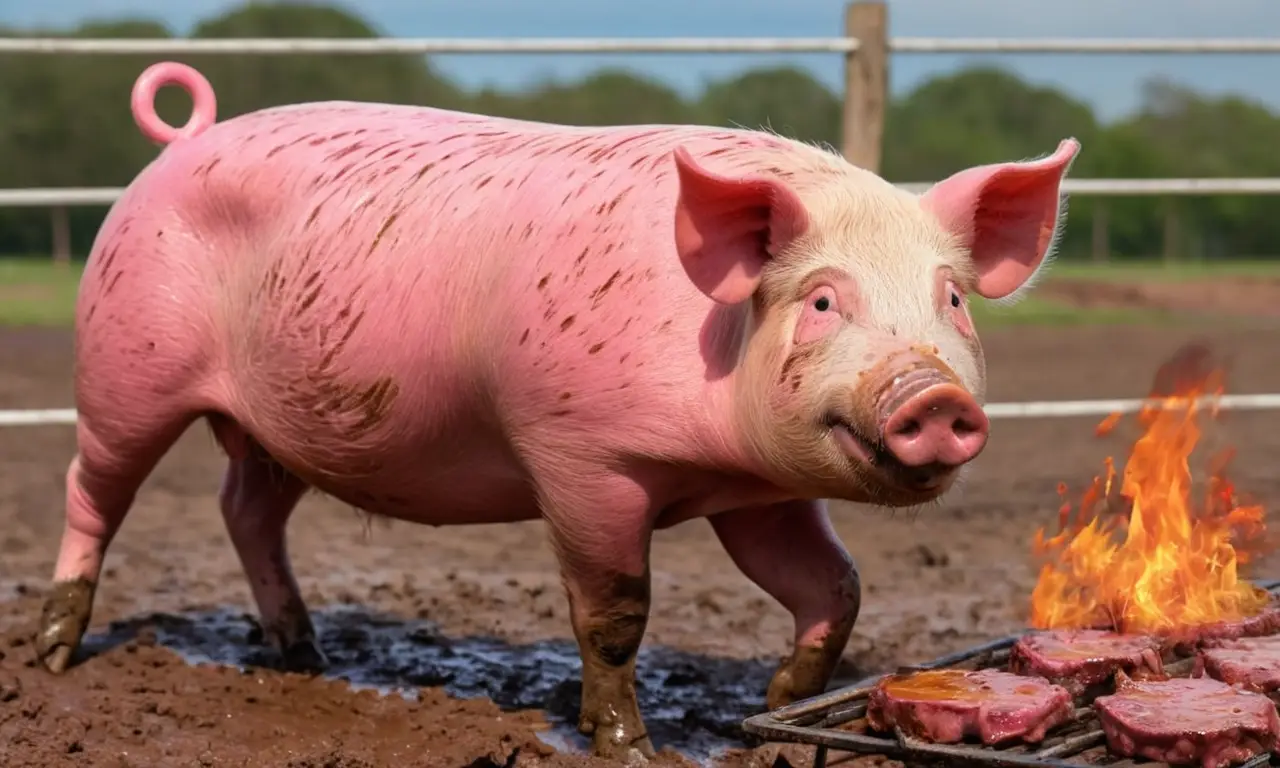
The cost of groceries can significantly impact a household budget, and protein sources often represent a considerable expense. When it comes to choosing between pork and beef, many consumers find themselves wondering: is pork cheaper than beef? This article delves into the reasons behind the price difference between these two popular meats, exploring factors that influence their cost and highlighting the benefits of opting for pork as a budget-friendly protein option.
This comprehensive guide will examine the typical price comparison between pork and beef, analyze the various factors affecting meat prices, and delve into the specific reasons why pork often comes at a lower cost per pound. We’ll also discuss alternative budget-friendly protein options and explore the numerous benefits of incorporating pork into your diet.
Pork vs Beef Price Comparison
While prices can fluctuate based on location, market demand, and specific cuts, a general comparison reveals that pork tends to be less expensive than beef. On average, you can expect to pay around $4-$6 per pound for pork, while beef typically ranges from $6-$10 per pound or more. This price difference is often noticeable across various cuts, including popular options like ground meat, chops, and roasts.
It’s important to note that these are just average prices, and the actual cost can vary depending on factors such as the quality of the meat, the retailer you choose, and any ongoing promotions or sales. However, the general trend consistently shows pork being more affordable than beef.
Factors Affecting Meat Prices

Several factors contribute to the price fluctuations in both pork and beef markets. These include:
Supply and Demand
Like any commodity, the price of meat is heavily influenced by supply and demand. When demand for a particular cut of meat exceeds the available supply, prices tend to rise. Conversely, when supply outpaces demand, prices may decrease.
Production Costs
The cost of raising livestock, including feed, veterinary care, and labor, directly impacts the final price of meat. Fluctuations in these costs can lead to changes in meat prices.
Transportation and Processing
Getting meat from the farm to your grocery store involves transportation, processing, and packaging costs. These expenses contribute to the overall price of meat.
Government Regulations and Policies
Government regulations and policies, such as trade agreements and food safety standards, can also influence meat prices.
Why Pork is Generally Cheaper
Several factors contribute to pork being generally cheaper than beef:
- Faster Growth Rate: Pigs reach market weight faster than cattle, meaning they require less time and resources to raise. This shorter production cycle can lead to lower overall costs.
- Lower Feed Requirements: Pigs are more efficient at converting feed into meat compared to cattle. They require less feed per pound of body weight, reducing the cost of raising them.
- Greater Availability: Pork production is more widespread globally than beef production, leading to a larger supply and potentially lower prices.
Budget-Friendly Protein Options

While pork often offers a cost-effective protein source, other budget-friendly options include:
- Chicken: Chicken is generally less expensive than both pork and beef, making it a popular choice for budget-conscious consumers.
- Ground Turkey: Ground turkey is a leaner alternative to ground beef and can be more affordable per pound.
- Beans and Lentils: These plant-based protein sources are incredibly budget-friendly and packed with nutrients.
Benefits of Choosing Pork
Beyond its affordability, pork offers several nutritional benefits:
- High in Protein: Pork is an excellent source of high-quality protein, essential for building and repairing tissues.
- Rich in Vitamins and Minerals: Pork provides essential vitamins and minerals, including thiamin, niacin, vitamin B6, zinc, and iron.
- Versatile and Delicious: Pork can be prepared in countless ways, from simple roasts to flavorful stir-fries, making it a versatile and enjoyable protein option.
Conclusion
When considering the cost of protein sources, pork often emerges as a more affordable choice compared to beef. This price difference stems from factors such as faster growth rates, lower feed requirements, and greater availability. While both meats offer nutritional benefits, pork presents a budget-friendly option without compromising on taste or versatility. By incorporating pork into your diet, you can enjoy delicious meals while staying within your grocery budget.
